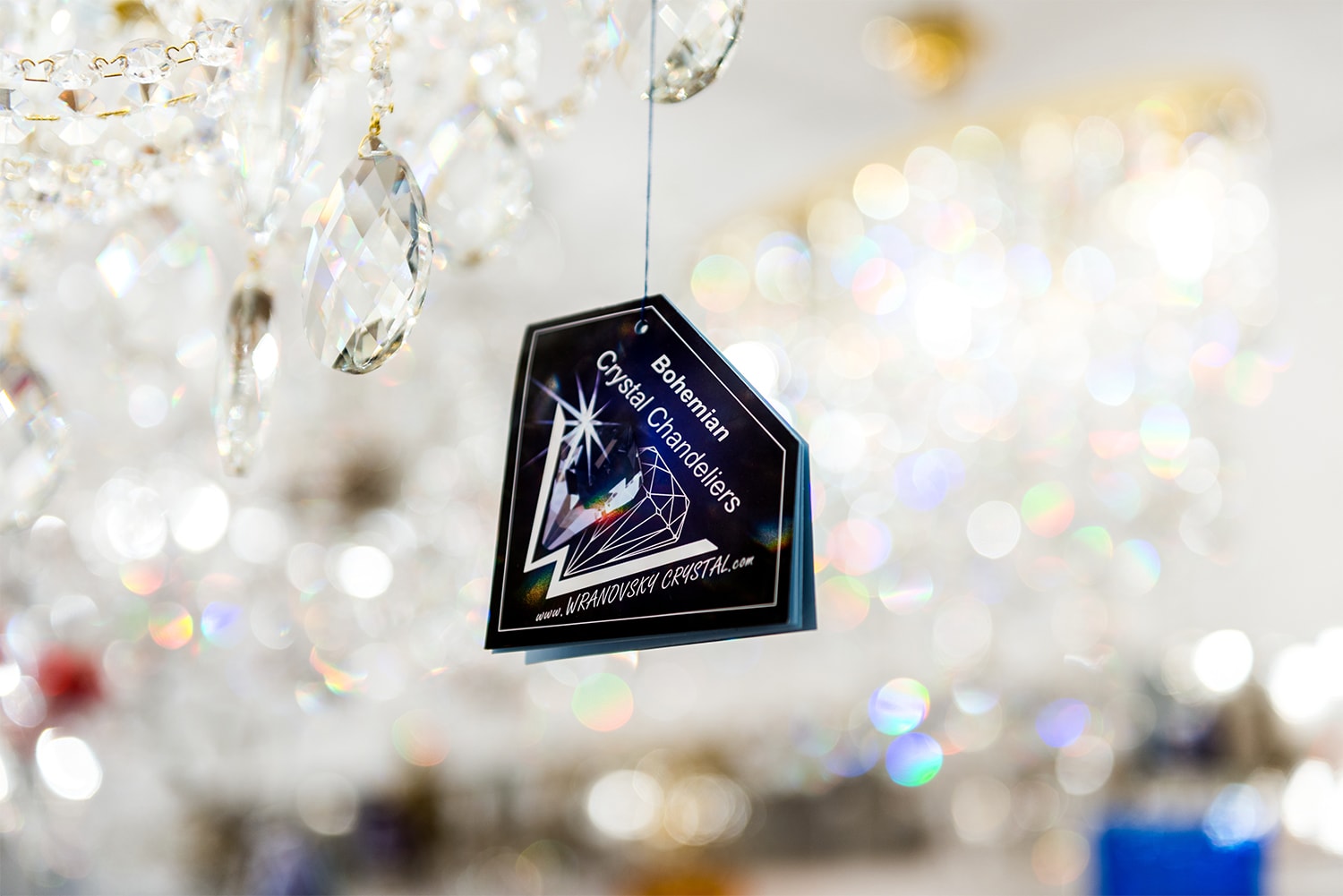The Difference Between Glass and Crystal
How to distinguish crystal from ordinary glass? Can I tell the difference in the store? A question that interests many customers who are fond of crystal chandeliers.
The difference between these two materials is not seemingly large, but the expert or the learned layman can distinguish the crystal glass at first glance.
It is necessary to clarify concepts and define them correctly. We can not confuse artificially created crystal glass with natural mountain crystal. It is absolutely natural and is not used for chandeliers and decorative goods. Crystal glass is generally considered to contain lead oxide (PbO). However, the specific percentage content of PbO is not uniform, the required value varies locally. Within Europe, there are rules whereby the quality of glass goods can be determined as follows: if the lead content is less than 4%, then it is only glass; at PbO values above 10%, we use the term crystal glass, more than 24% is called lead crystal, and PbO content above 30% is already highly leaded crystal. The highest quality and most frequently used European crystal contains 24-30% of lead. In the US, the definition of crystal glass is considerably simpler - crystal is already called a material with 1% PbO.
By adding lead, we achieve desired changes in the glass properties - crystal glass, thanks to the PbO additive, will obtain a higher density, weight and higher refractive index, which will provide the subject with a high gloss when the light is reflected. Lead oxide softens the glass, making it easier to process the material - with engraving, or detailed decoration. Crystal glass has a higher brittleness than regular glass, making it more demanding. The emphasis is therefore on the high skill of the glassmaker. Crystal glass is mainly used for decorative purposes thanks to the acquired properties. It is used for the production of crystal trimmings, decorative crystal goods or exclusive beverage glass, etc.
The expert can recognize the crystal very quickly, but a normal person may not be sure. If we look at the following tips, we can better understand the range of glass products.
The glass has a colorful tint according to the used ingredients (greenish shade when iron oxide is used), the crystal is always clear, translucent. With proper grinding, the crystal gets clean, with rounded edges and areas that beautifully reflect the light. The crystal shines at first glance, it is shiny, and a wide range of colours can be seen through the light passing through it. The glass does not shine and does not reflect the light rays into colour combinations. Crystal can be processed better, its edges are very fine, thin. The edges of glass products are sharper, stronger. When comparing two identical pieces, the crystal glass product will always be heavier, its weight will be higher due to the lead. Due to the fragility of the crystal and the necessary precision in its manufacture, it is always necessary to expect a higher price of the goods. Even the financial cost needed to purchase the product can be an indicator of the authenticity of the crystal product.
Quick summary:
Glass is a superior term, crystal is a subset of glass (crystal belongs to glass X not all glass is crystal)
Crystal is made of lead X glass does not contain leaded elements
Glass is stronger - it is commonly used to produce goods for everyday use X crystal is usually used for decorative and special occasions
The crystal reflects the light, it is shiny and shimmering


